STEINEL Luminaire accessories

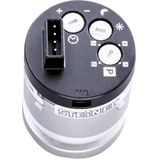
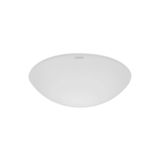

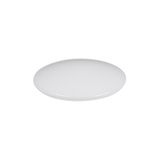
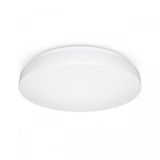
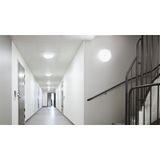
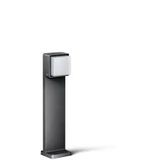
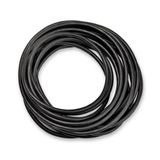



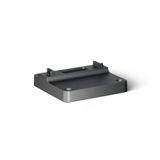
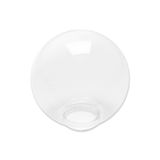
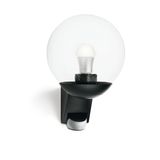
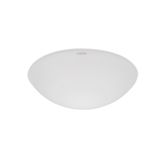



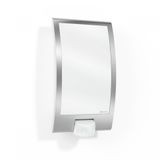
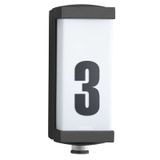
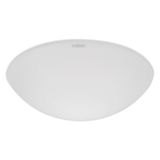
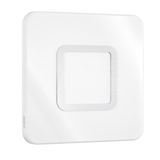
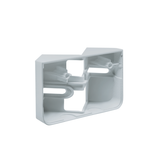



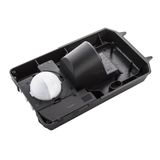
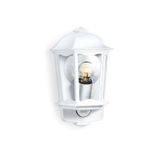


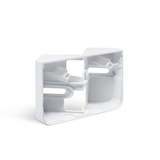
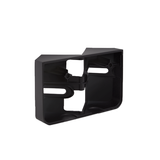
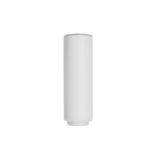
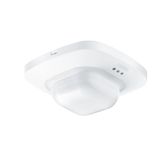
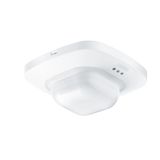
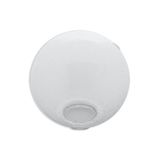
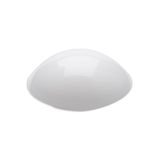
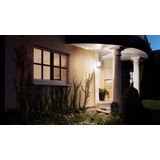


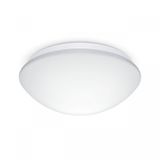
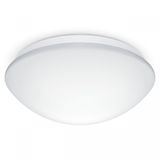
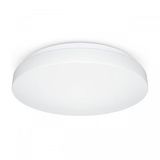
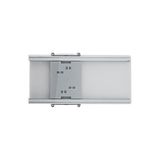
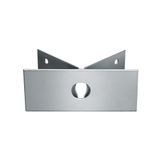
steinel luminaire accessories overview for professional fit-outs
Projects lean on a consistent backbone of clips, glands, bezels, and interface parts that install quickly and survive servicing. Bodies are available in standard and LSZH plastics for occupied spaces, with UV-stabilised outdoor compounds, IP20 for ceiling voids up to IP65 on façades, and IK08–IK10 where impact is expected. To keep terminology aligned across drawings and spares, we tag bundles that include steinel luminaire accessories for each room type so crews receive a predictable kit per area.
steinel lighting accessories ecosystem and scope
The family covers ceiling roses with strain relief, grommets and bushings, service lids, gasket kits, click-in trunking clips, gear-tray carriers, and prewired cords. Terminal geometry is consistent, conductor space is generous, and markings remain legible after repeated openings. For OEM and retrofit builds, planners often lock a core list of steinel lighting accessories so van stock stays lean while still covering late design changes.
steinel mounting systems options for ceilings and tracks
Crossbars for downlights, channel clips for trunking, and gear-tray brackets share hole arrays so mixed rail widths line up without re-drilling. Printed load ratings and safety factors on steel parts reduce guesswork at height. For open ceilings and workshops, galvanised finishes resist knocks; add soft inserts where vibration or polished surfaces are a concern. When layouts repeat, standardising on steinel mounting systems improves cut-out consistency and keeps bracket swaps off the critical path.
steinel installation components technical specifications
Interfaces follow common European practice: metric thread glands with locknuts, closed-cell EPDM or silicone gaskets, and cages for 0.5…2.5 mm² copper per EN 60999. Insulation parts meet glow-wire 650–850 °C where applicable; many ceiling pieces keep 650 °C as baseline to ride out poor thermal behaviour in enclosed cavities. Typical operating window is −25…+50 °C. Ingress protection holds when threads are fully seated and ferrules match cable OD. On multi-drop runs carrying DALI or 0–10 V, shielding can land to 360° braid clamps to preserve EMC. Room bundles that combine sensors and trays usually specify steinel installation components to ensure mating parts share tolerances.
steinel replacement parts lifecycle and stocking
Service packs mirror wear items: clear and solid lids, diffusers, latches, springs, cord grips, and gasket sets. Keep a 2–3 % overage for lenses and diffusers—these scratch or crack late in the programme. Labelling frames and printable sleeves keep identification consistent across floors, and QR tags map assets to drawings for maintenance logging. For multi-phase sites, maintenance teams prefer steinel replacement parts by luminaire family so IP and IK ratings remain intact after swaps.
steinel connectors and holders interfaces and ratings
Electrical interfaces cover E27/E14 screw, GU10, G13/G5 for linear, G53/GX53 for shallow fixtures, and GU5.3 where depth allows. Heat classes for lampholders typically meet T210–T300 with contacts in nickel-plated brass or phosphor bronze; lead insulation is 90–110 °C. Plug-in connectors follow EN 61984 principles with keyed housings to prevent cross-mating; pull-out forces ≥60 N are maintained when gland ferrules match jacket OD. On sites mixing stranded and solid conductors, crews choose screw-clamp or push-in to suit wiring practice, and record steinel connectors and holders directly on the room schedule to lock variants.
Applications and compatibility across building types
Apartments and hotels lean on neat ceiling roses with integrated cord grips; offices use modular plug-ins to speed luminaire swaps during churn; retail prefers vandal-resistant canopies and robust strain relief above counters; plant rooms need gasketed junctions, stainless fixings, and UV-stable plastics near skylights. All parts interconnect with common two- to five-pole schemes so they sit cleanly between luminaires and DALI/0–10 V drivers or simple switched circuits without special tooling.
Integration with other Steinel products
Pair these accessories with Steinel automatics and control for presence and daylight logic that stays consistent from room to façade. For complete fittings, align accessory choices to Steinel luminaires so bezels, depths, and thread sizes match. Where EMC matters, land braided shields at entry plates and carry continuity into metal enclosures to avoid flicker or sensor mis-triggers during motor starts.
steinel installation accessories selection guide for B2B
Start with cap/base and thermal class, then confirm conductor mix and termination style. Size openings to the tightest elbow and allow 30 % spare for late adds, especially on multi-drop runs. Standardise bezel colour and two canopy depths across floors. Confirm IP at the installed cable OD, not the nominal. When prewiring makes sense for speed, specify keyed plugs with pre-crimped pigtails and log steinel installation accessories as part of the lot so QA can check by EAN/MPN.
Advantages of working with Bankoflamps for Steinel projects
B2B pricing aligns to room schedules and we expose live EU stock before crews are booked. Quotes land in about an hour with EAN/MPN so variants stay fixed. Your portal shows lead times, shipment status, and downloadable price lists with stable validity windows. Approved accounts can use post-payment up to 30 days. We consolidate partials to cut freight, and a dedicated account manager cross-checks thread sizes, bracket geometry, connector poles, gland selection, gasket sets, and strain-relief sizing against your drawings so cartons arrive site-ready. We support clients in France, the Baltics, Germany, Spain, Italy, Belgium, and the Netherlands with tracked lead times and predictable pricing.